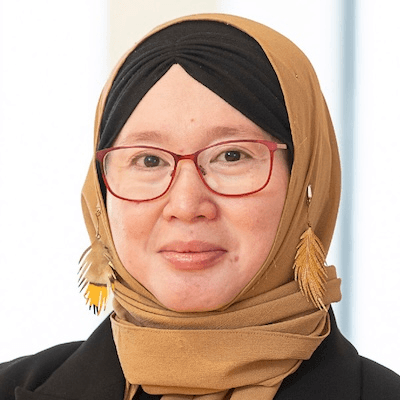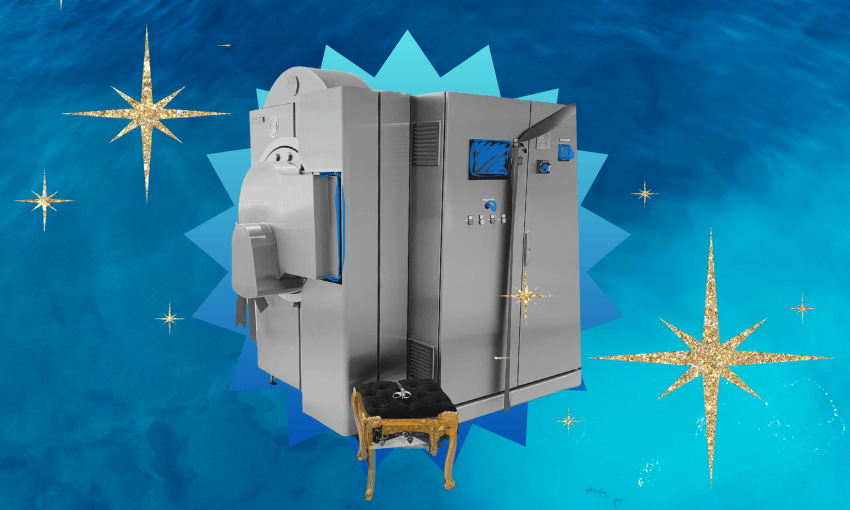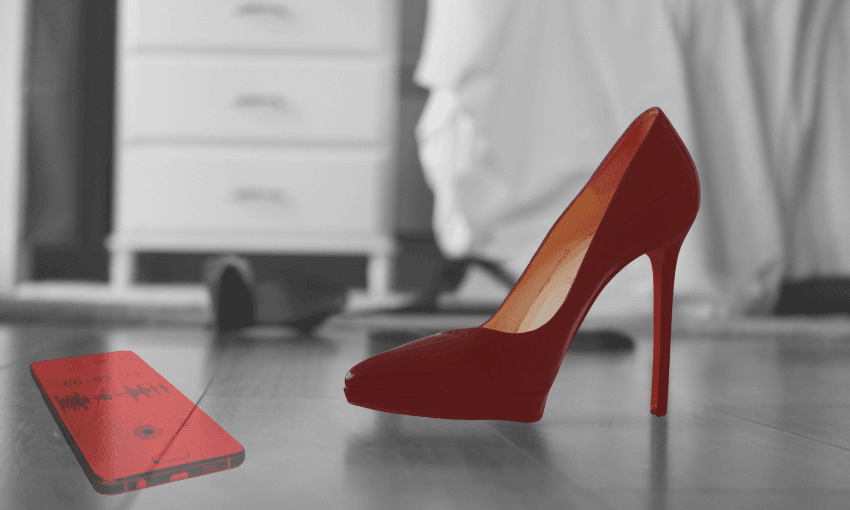Where secular New Zealanders make a straightforward medical decision, many Muslims contemplating IVF treatment lack support and care from both medical and religious experts.
It was a nice Autumn afternoon half a decade ago when I met with a South Asian couple in their early 40s, who had been trying to have a baby. Let’s call them Zainab and Ali. They came to New Zealand many years ago and now call it their home. They had been experiencing compromised fertility their entire married life and had seen a GP who then referred them to a specialist. That specialist suggested they try in vitro fertilisation (IVF).
Zainab and Ali are one couple out of 23 Asian and 18 Muslim participants who we interviewed as part of our research project to learn and unpack the accessibility of assisted reproductive technologies(ARTs) in Aotearoa. All participants had experienced either primary (struggling to conceive) or secondary (struggling to conceive again) infertility. We interviewed them from 2019 to 2021 and during that period, some successfully had children. Others remain childless.
For non-Muslim or non-religious patients, undergoing IVF is typically a straightforward process and is viewed as a purely medical intervention. However, for practising Muslims, undergoing IVF treatment is not a decision made on their own. They need to consult how Islamic law considers the suggested medical intervention, and interpretations vary among the Islamic scholars (Imams) and sects around this issue.
For practising (Sunni) Muslims who follow Islam diligently, surrogacy, third-party donation or sex selection, which is possible through IVF and not via a natural pregnancy, are out of the question. For those who follow a different sect, those options may be permissible. Adhering to Islamic guidelines during IVF relates to ensuring the purity of lineage, the sanctity of marriage, and the nature of procreation. For some Muslims, IVF can be viewed as contradicting the natural order of creation, while others see it as a viable solution for treating their infertility.
The issue of head coverings (jilbab/hijab) during treatment and the entire IVF process for Muslim women undergoing IVF was also another concern raised by our Muslim women participants during the interview. This, as well as the fact that they would be undergoing treatment in a secular-based fertility clinic, only increases uncertainty.
As such, practicing Muslims often struggle to find appropriate support and religious guidance during fertility treatment. Within their own communities, two key barriers have emerged:
- Those seeking Islamic rulings on IVF – a commonly recommended fertility treatment – often encounter silence or rejection. Many local Imams, who are typically male, are not easily accessible to Muslim women.
- At the same time, questions about IVF are frequently dismissed as too sensitive or taboo, even by the broader community.
Most participants in our research had been experiencing their fertility journey in a marginalised and isolated way. The isolation is not just in being childless: they are also left behind when it comes to accessing the religious /faith guidance they require when considering medical intervention.
The ripple effect
Caught between indifference from both spiritual leaders and clinicians, many participants said they withdrew from community life or delayed care. Others turned to YouTube fatwas (rulings on Islamic law) and global WhatsApp groups for guidance.
One Muslim man spoke of doing his own research to find out if IVF was halal after being rejected by the local Imam. “As we did not really get the answers [on IVF] from the local Imams, we then used YouTube of the Ustadz we knew from Indonesia. From him, he explained that IVF is halal as long as the egg and the sperm are from the married couple.”
Melon*, an Indonesian woman who has been trying to conceive with her husband for 10 years without success, eventually reached out to her relatives in her home country through WhatsApp. She wasn’t alone in using social media for support; Semangka and her husband Ahmad, who were advised to consider IVF, also connected with their Indonesian friends back home to seek clarity on the Islamic perspective.
Abla*, an Indian woman in her 30s who had been trying to have her second child, did not even bother to consult or ask the local Imams, as she understood it too well that she would be rejected due to being a woman and also because of the topic. “I googled it. I didn’t really consult any Islamic scholars. I also consulted some people in India [via social media] to learn if IVF was halal for Muslims.”
While they proved that Muslims will make use of technology to reconcile their Islamic faith and their desire to parenthood, it also revealed something bigger. Migrant communities, often isolated, experienced structural discrimination in that they cannot access faith-based assisted reproductive technologies.
Abla was once advised by her specialist to consider third-party reproduction (in other words, a donor). While the specialist may have intended to present all the options, Abla found this suggestion offensive to her faith, especially since she had made her (Sunni) Muslim identity known to health providers during the treatment. However, she chose to remain silent about her feelings, fearing that expressing her opinion might be perceived as “rude” or “asking too much”.
For our Muslim research participants, New Zealand fertility clinics currently offer little in the way of faith-based or culturally responsive options for Assisted Reproductive Technology (ART). As a result, Muslim patients are often left to reconcile medical advice with their religious beliefs on their own. The same is true when they have to face miscarriage or failed insemination. While counselling treatment is offered, the service is secular which, for our participants, does not address their faith needs.
While participants were appreciative of all the services and care given by health providers and the government, the lack of support from both religious and medical systems has left many Muslim women and couples feeling isolated and marginalised.
What does it mean for Aotearoa?
This isn’t just a Muslim issue, it’s about ensuring Aotearoa’s healthcare and communities uplift all who call this land home. Some options:
– Imams and doctors collaborating on faith-aware fertility guidelines.
– Training programmes to help clinics navigate religious sensitivities.
– Community-led initiatives normalising these conversations (this may need to involve the Muslim women organisations).
With New Zealand’s fertility rates declining and diversity growing, addressing these gaps isn’t just compassionate, it’s urgent. The country needs more inclusive, culturally aware healthcare and community support structures.
Zainab and Ali finally underwent IVF in their home country after navigating the religious and financial aspects, which took a considerable amount of time. Because of the delayed care in Aotearoa, Zainab became too old (40) to apply for public funding for IVF treatment. If the religious guidance they needed had been available to them sooner, Zainab might still have been eligible for funding and been able to access the better medical treatment offered by fertility clinics in Aotearoa.
A couple of years later, Zainab and Ali’s last treatment in their home country was unsuccessful. They still wanted to try but Zainab was not getting any younger. As they expressed to me before we parted: “Perhaps we are not blessed to be parents, and there is something better that God will provide to us.”
This piece has been written and published as part of a Marsden research project, which investigates the accessibility of assisted reproduction technologies in Aotearoa. The project is led by associate professor Sharyn Graham Davies, who was previously at AUT and is now at Monash University in Australia.



